2006年末に設立された東京のレコード・レーベル。
the nation’s premier label for hushed music – Pitchfork
Flau releases are sonically quite diverse, from acoustic folk to dream pop and complex drum experiments. And though eclectic, never before has a label’s oeuvre come together to so closely sound the way a cherry blossom looks – The FADER
one of the biggest names in the world of really small sounds…the perfect soundtrack to a Sunday evening – Timeout Tokyo
consistently impressive – XLR8R
Flau has associated itself with a signature sound…association with Flau suggests a superior level of pop craftsmanship…What’s remarkable about Fukuzono’s project, which launched at the end of 2006, is that he’s achieved quality control without uniformity – exclaim!
Flau has shown that sometimes silence beats flashiness – METROPOLIS Magazine
flau seem to have a magic touch; everything they put out..has a celestial, positively glowing aura about it that has us longing for more..sonically the label is incredibly diverse, but what its releases share in common are a playful curiosity, an unmatchable quality and a genre-bending commitment to evoking time and space within their sounds – DUMMY
Flau label casts its net across a worldwide community of artists with a particular affection for fragile arrangements and microscopic songwriting…A reliable resource for all the finest, quirkiest exploratory electronic pop music – Boomkat
it combines genuine emotion with a sense of playfulness – Fluid Radio
everyone’s favourite Japanese label and, of course, we make no exception – Going Solo
constantly surprising, consistently stunning – Dummy
un monde de l’infiniment fragile et doux – Ondefixe
one of our favourite labels – Textura
Flau are one of those unassuming labels, which since 2007 have been quietly making their way in the world releasing a diverse range of high quality albums…their roster of international artists blend field recordings, acoustic instruments, microsounds, and voice, in a sound that has become truly synonymous with the label – Furthernoise
worth finding – Foxy Digitalis
grow, pushing boundaries and releasing gems – Drifting, Almost Falling
An inner experience and pure fascination to little things concept and microscopic sounds. FLAU is the latest Label Of The Moment – Otsechka
the Tokyo label’s dreamy and cinematic aesthetic seems tailor-made for two favourite hobbies: idleness and letting the imagination run wild – Solar Flares
This label collects very particular artists from all over the world all under one roof that eclectically holds them together. Each artist is so unique, that you would like to read a whole book about them – PonyDanceClyde
2008-09 London, Cafe OTO
2009-09 Melbourne, Toff In Town
2010-08 Berlin, Altes Finanzamt
2012-05 Malaysia, Black Box Map
2012-05 Macau, LMA
2012-05 China Tour Beijing-Shanghai-Hangzhou
2012-06 Tokyo, Fujimigaoka Church & VACANT
2012-06 Kyoto, Metro
2013-04 London, Cafe OTO
2013-04 Berlin, Antje Øklesund
2013-12 Tokyo, VACANT
2016-03 Tokyo, VACANT

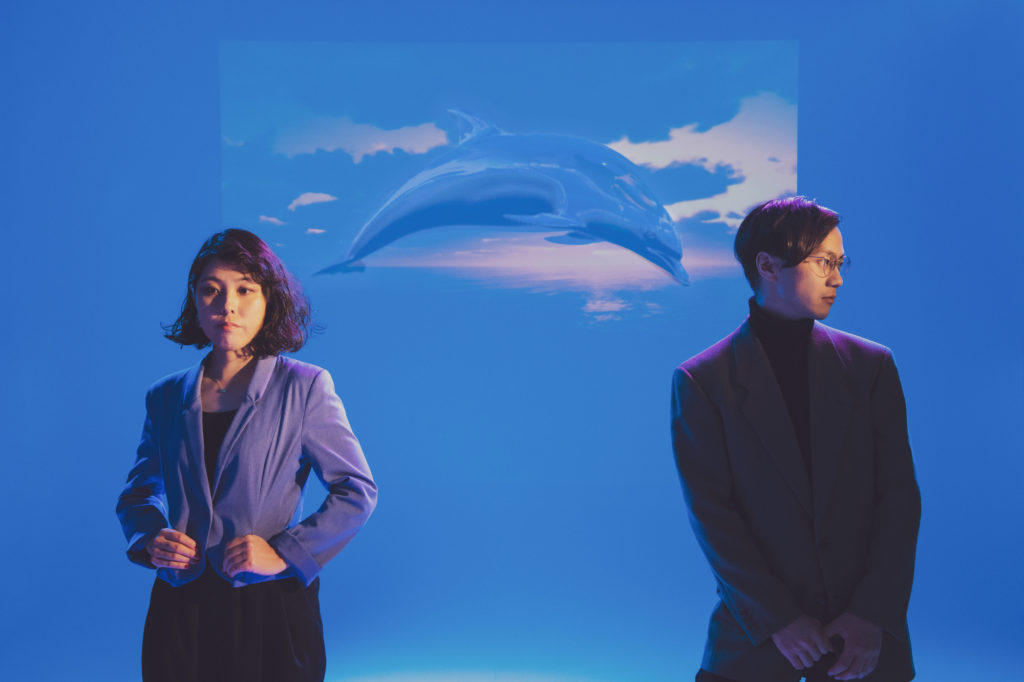

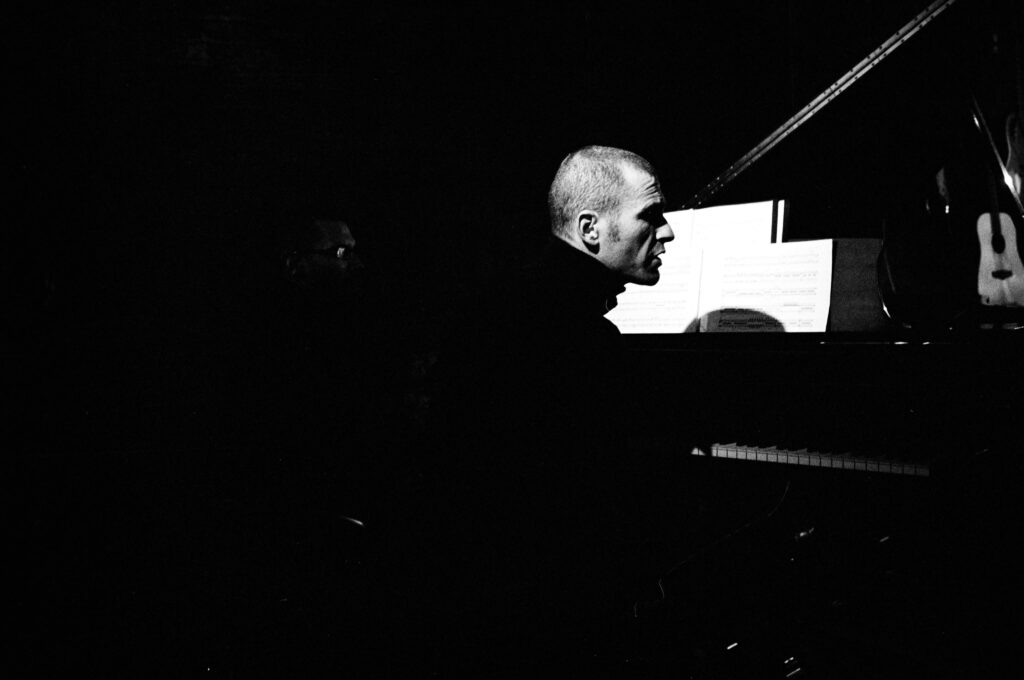
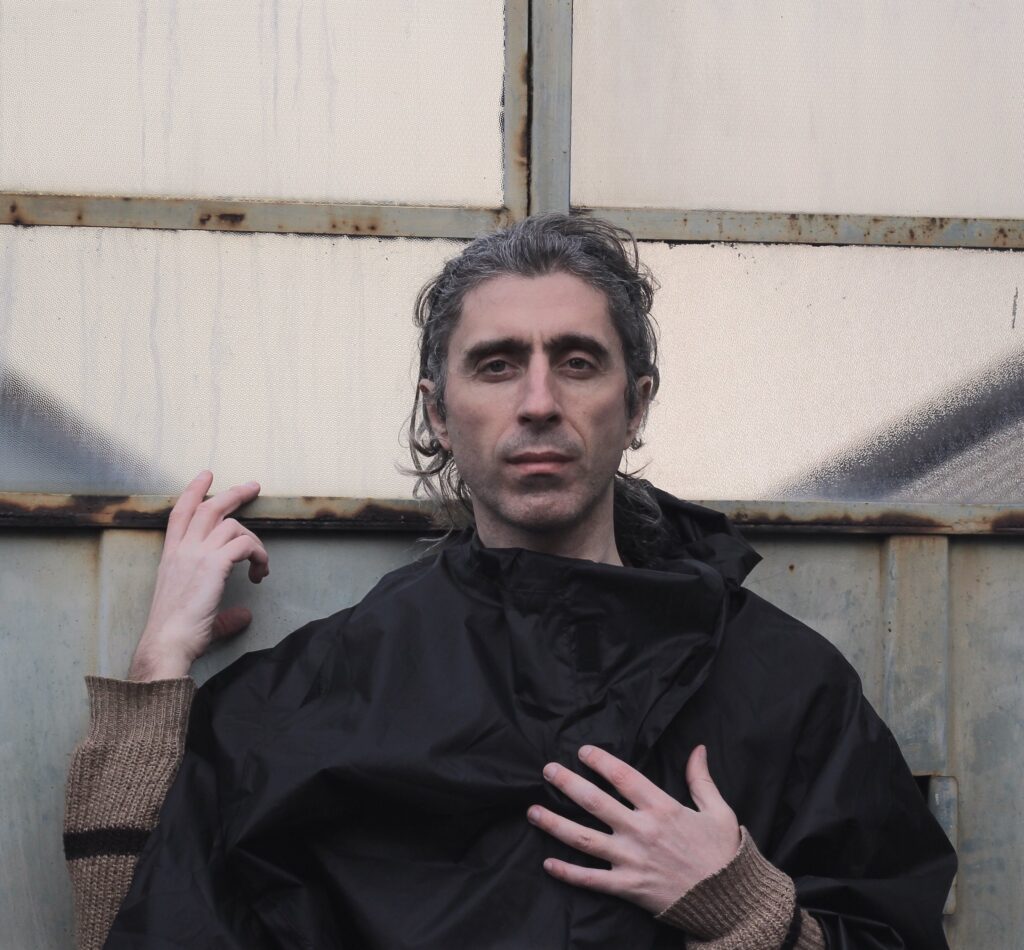


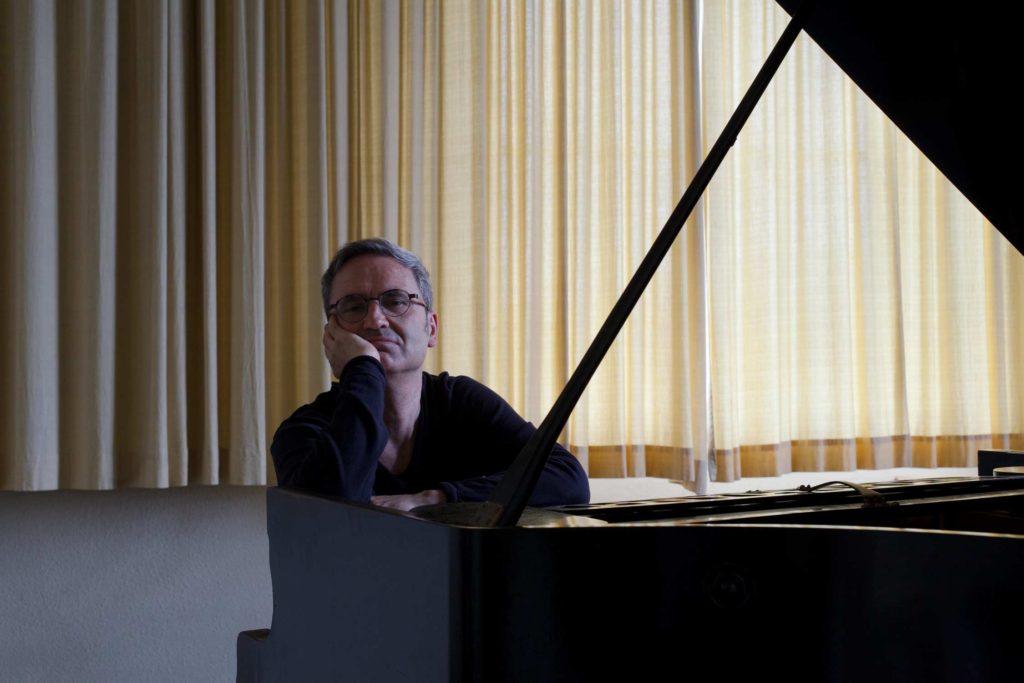
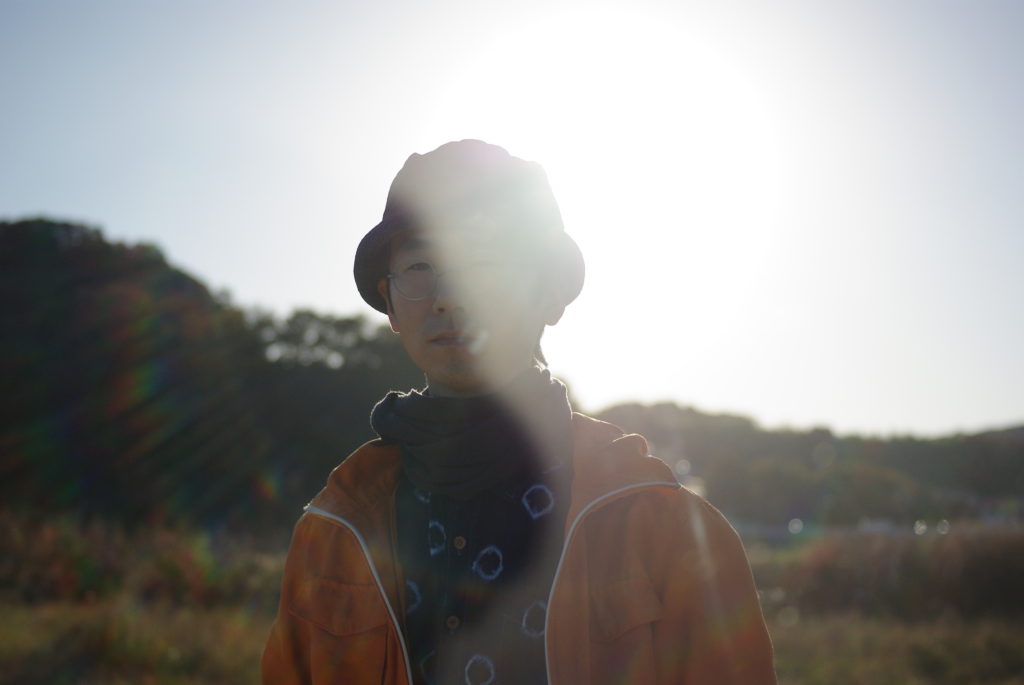
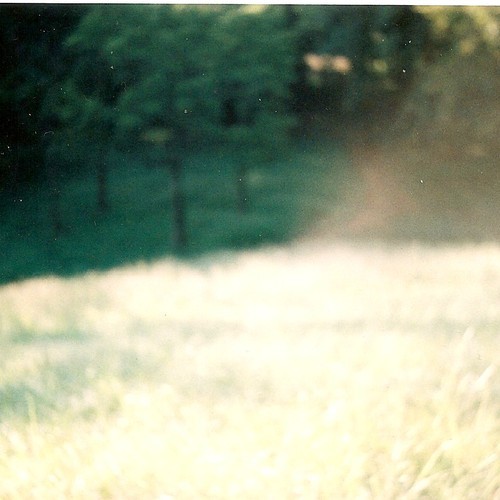

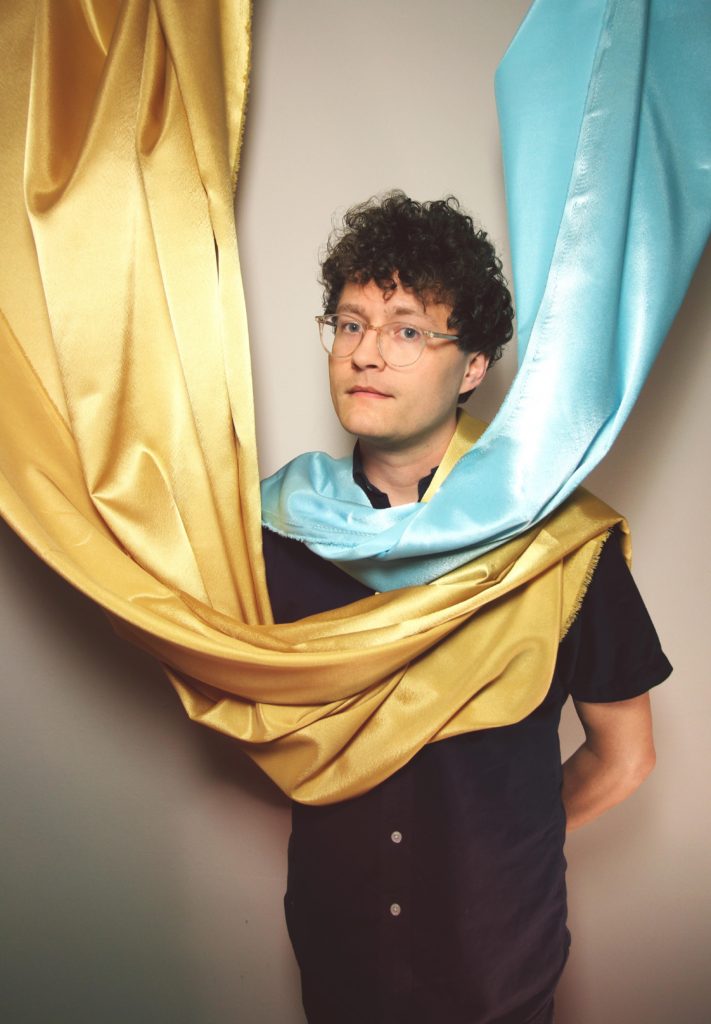
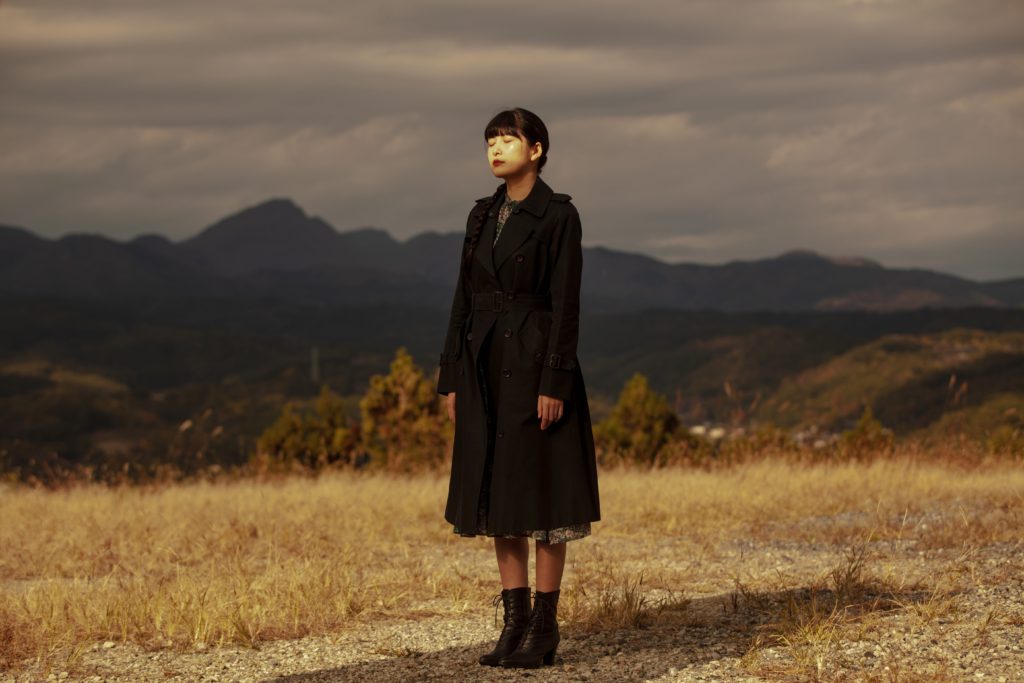


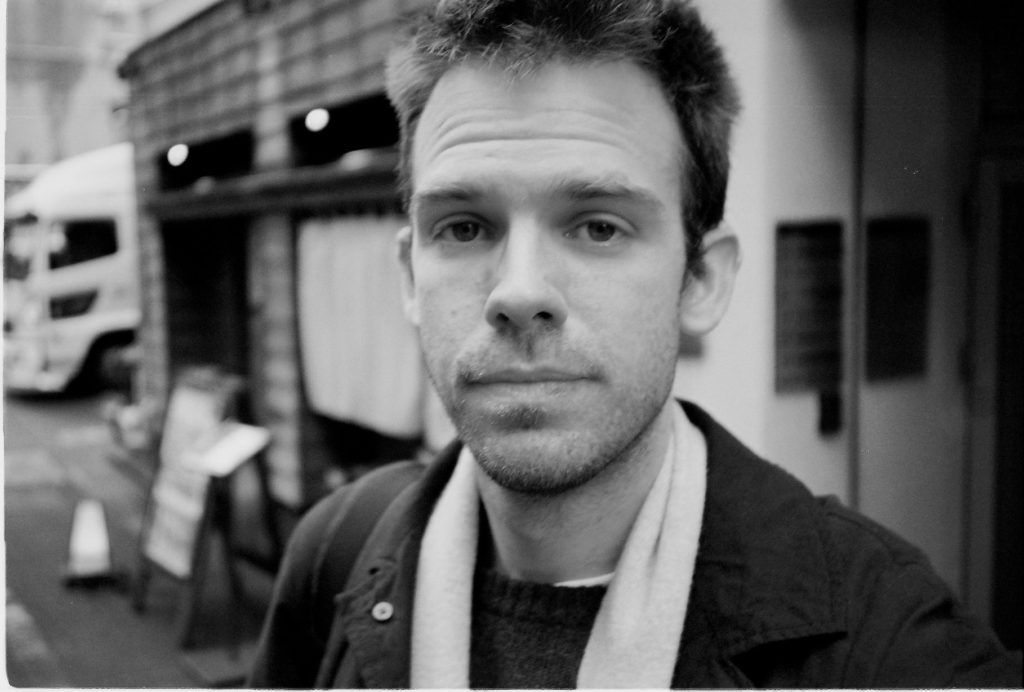



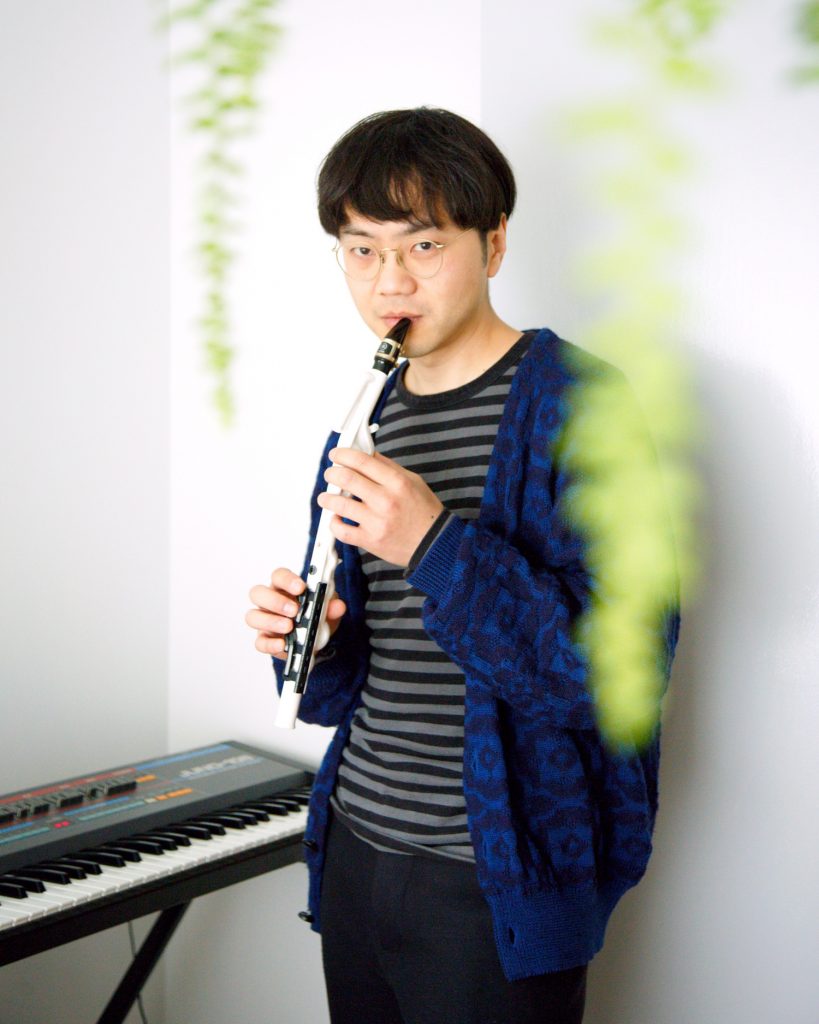
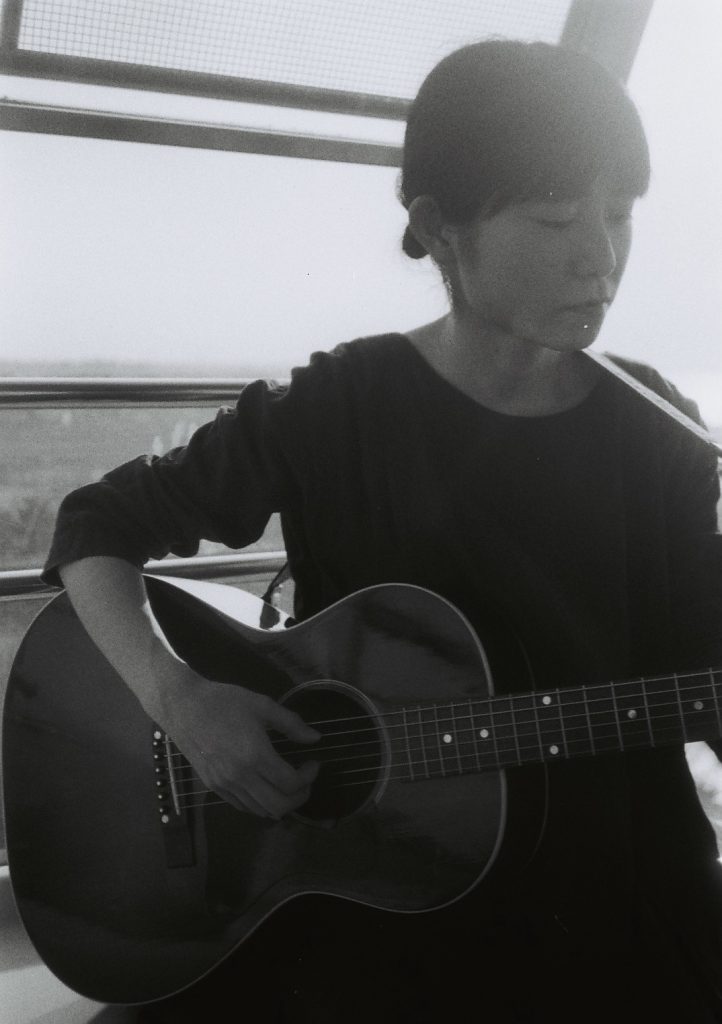
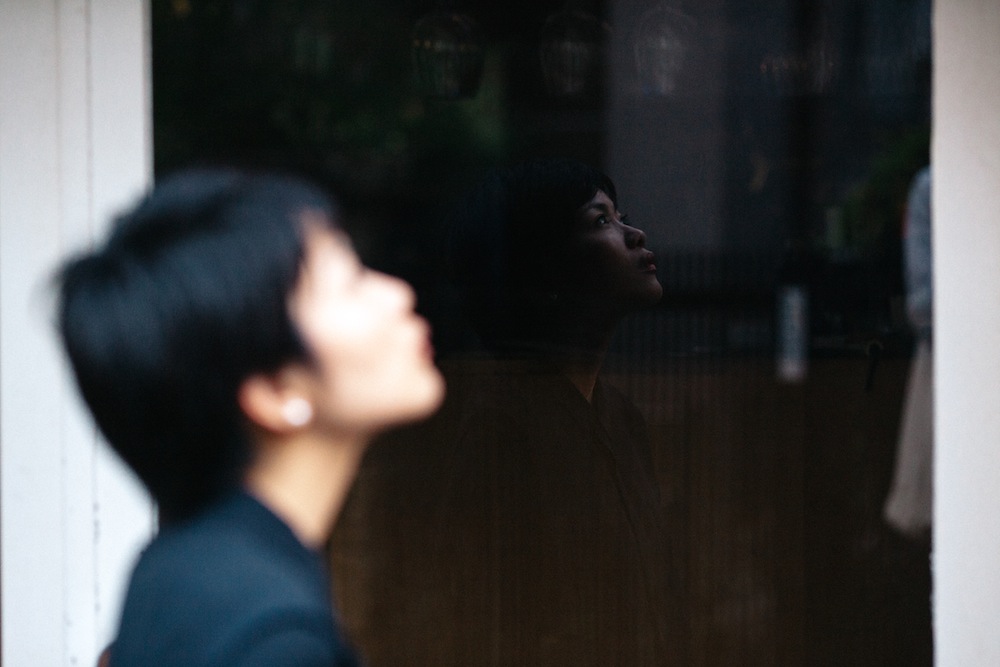

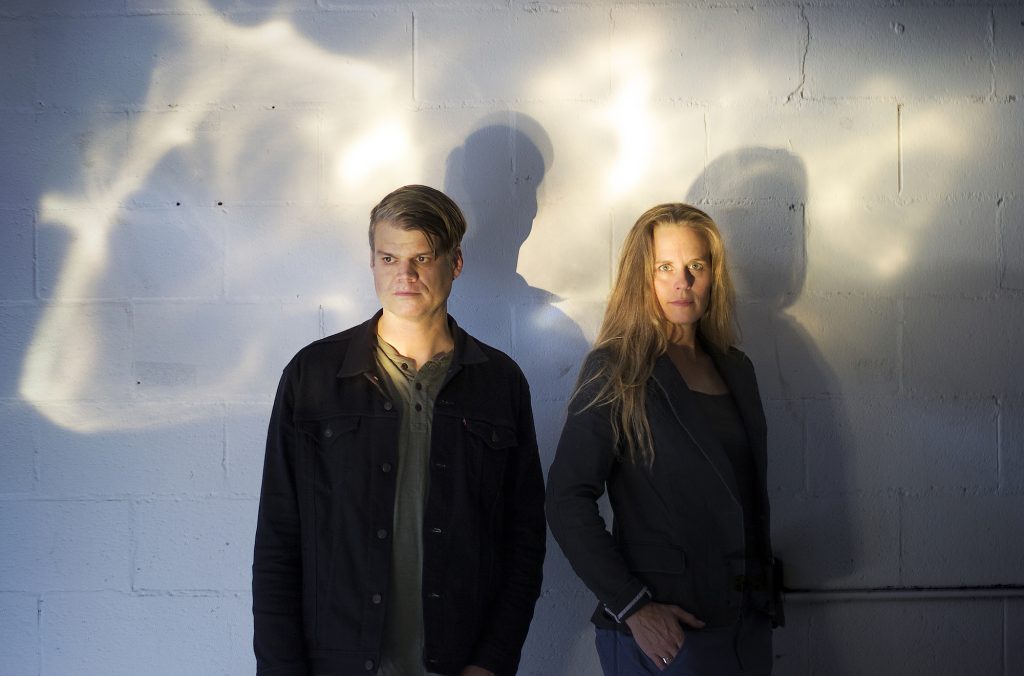

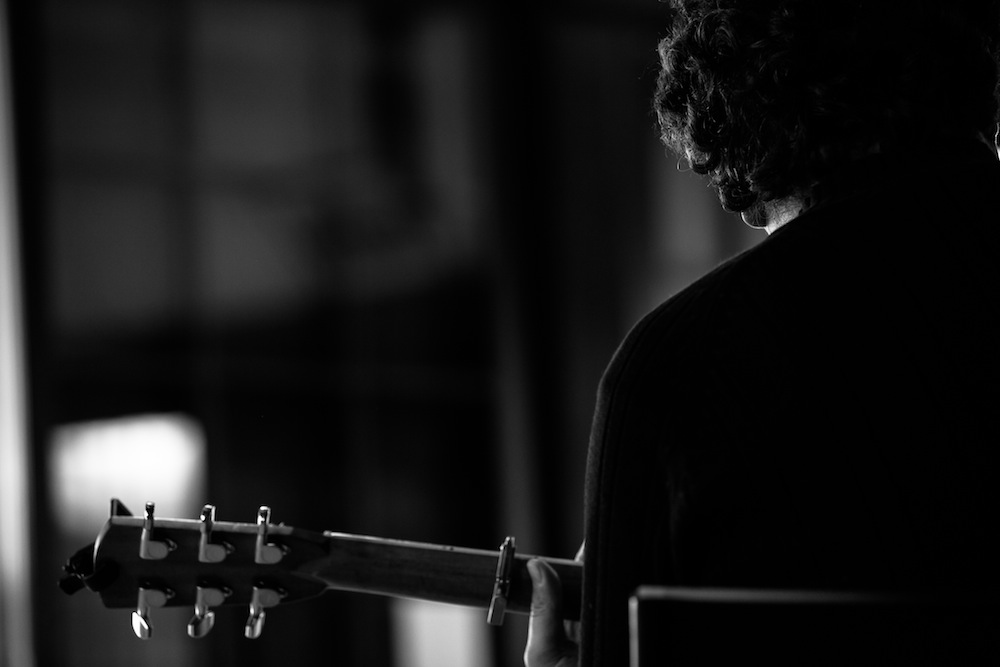
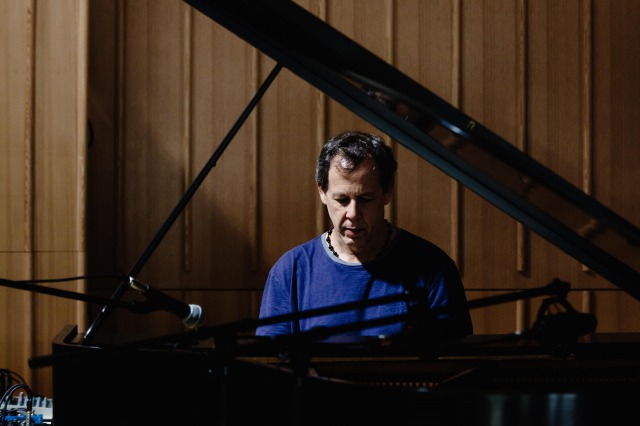

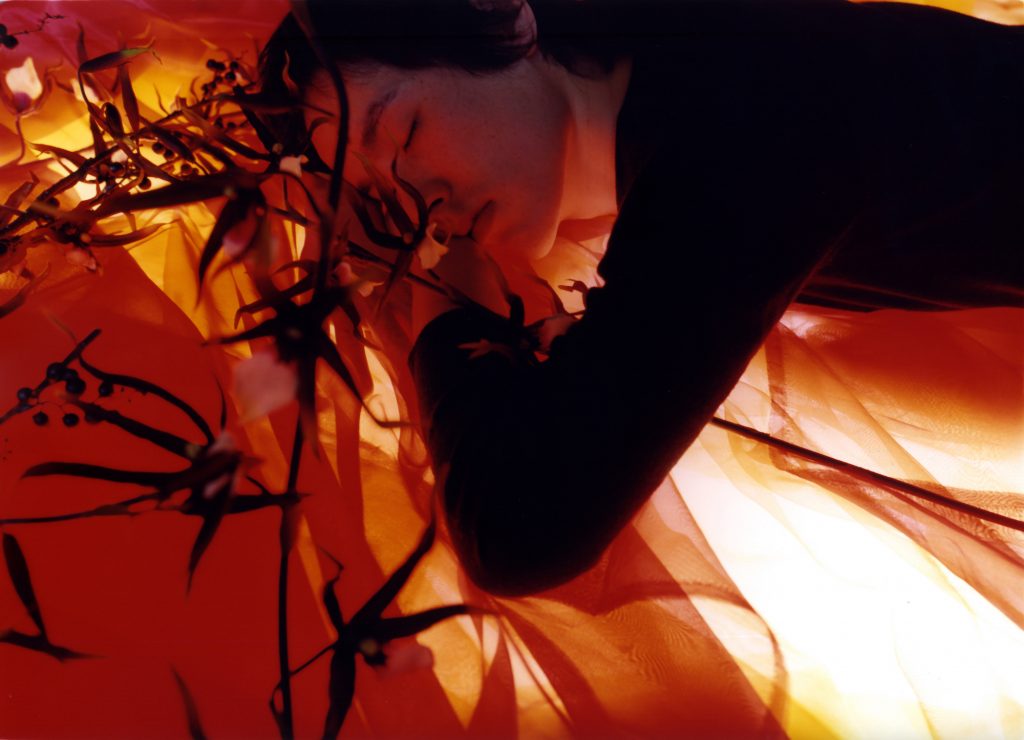



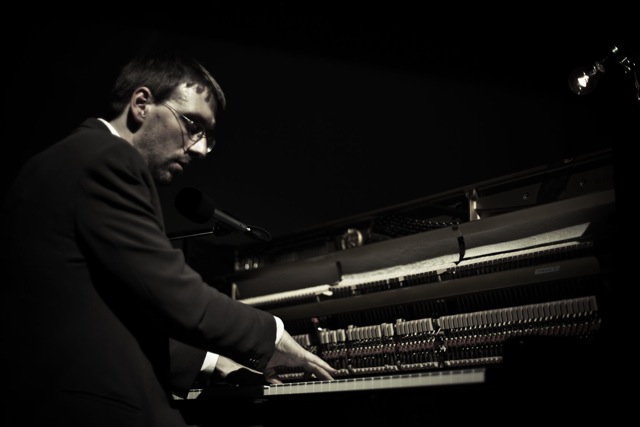







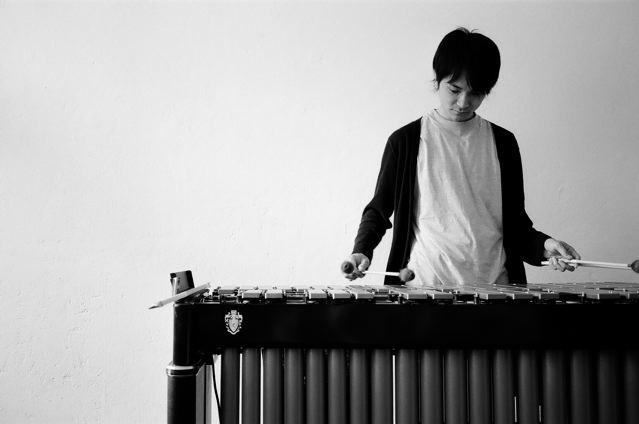







SEE FULL LIST
©FLAU
CAT No. FLAU69
Release Date: Japan - May 16th / Overseas - May 23th, 2018
Format: CD/DIGITAL
2016年にリリースされ、ロングセラーとなっている楽園ピアノ・アンビエント「EcoMúsica」に続く同名プロジェクト第2弾は日本の鳥との一大セッション。アルバムは2017年春に開催された初来日ツアー、東京から福岡、東から西へ1000kmの旅路と8つの都市を訪れる中で日本で見た全く新しい景色と多くの出会いにインスパイアされ、帰国後3ヶ月でレコーディングされました。バードリサーチから提供された日本の鳥の鳴き声と即興セッション後に20の鳥の声を選定し、2度のレコーディングセッションと鳥の声の入念なサウンドデザインを経て完成。クラシックのピアニストとしてキャリアをスタートし、アントニオ・カルロス・ジョビンやカマルゴ・グアルニエ、リエイトル・ヴィラ=ロボスらブラジル音楽の弾き手としても知られるFabio Caramuruの豊富なキャリアに裏打ちされた様々なスタイルが、カッコウやウグイスといった誰もが馴染みのある鳥の声のユニークさを際立たせ、斬新な解釈が野鳥とピアノ二つの音の驚きのマリアージュを実現しています。
Fábio Caramuru’s music is colorful as terra roxa, a reddish purple soil found near his homeland of São Paulo, Brazil. Just like the fertile mix of minerals, gases, and liquids which enriches the ground for plant life, Caramuru’s work mixes fields such as cinema, music, and dance which prepare the heart for harvest. His music is earthy, yet precise. His chosen instrument is the piano: 88 keys coloring one ivory rainbow.
Early on, Caramuru divided his interests between two vocations. In addition to studying music, a time-based practice involving the geometry of silence and sound, he also studied architecture, a space-based practice involving the geometry of shadow and light. Perhaps his music reflects the architecture he admired as a child while walking along Avenida Paulista: lush European buildings with generous gardens and porches.
Caramuru’s musical structures, however, are not built from stone, steel, or concrete; rather from soul, feathers, and ocean breezes. Perceived from a bird’s-eye view, his music seems clear as a blueprint: the harmonies fuse surface with center while the melodies appear bright as white lines on a blue background. Fortunately, wandering through his compositions does not require a hard hat or technical degree. Appreciating Caramuru’s world of sound requires only a warm sense of wonder.
Brazil is a country of contrasts. Its megadiverse landscapes encompass plains, mountains, swamps, and forests. Although the inspiration for EcoMúsica | Aves occurred while Caramuru was traveling abroad, mingling with a different culture and geography, a lingering background of people and places remains central in all of his work.
“I can say Aves was totally inspired by the Japan tour made in April and May, 2017. I traveled about 1000 km, visiting eight cities, from Tokyo to Fukuoka, from east to west, playing to a special audience, discovering a completely new landscape, observing interesting urban configurations, listening to many sounds, meeting extremely kind and sensitive people. It was not a commissioned work, but a spontaneous tribute to that incredible culture. The album was accomplished very quickly, only three months after my arrival in Brazil.”
EcoMúsica | Aves swings between extremes of rhythm, melody, color, and texture. Flitting from phrase to phrase with the flick of a wing, its 20 songs sit perched one moment before exploding into flight the next. Some songs forage alone in the rain; others flock south to warmer climates. From birth to first flight, courtship to heartbreak, nest building to migration, the feathered souls within EcoMúsica | Aves are represented musically. Caramuru’s compositions celebrate the sheer joy of singing, grateful for full stomachs and bright skies.
Beyond beaks and talons, Aves is an extension of EcoMúsica, an ongoing project dedicated to studying Nature as a whole. More than a tribute to any single species, EcoMúsica communes with various sounds and images of life. Modeling form after function, Caramuru’s methods of composition are as dynamic as Nature’s methods of evolution.
“My creative process started by selecting the birds’ sounds. I took the criteria of diversity and musicality while considering the potential of how these sounds would interact with the piano. Having about 40 preselected recorded birds, I made some quick experiments while just improvising over them, trying to create some initial structures and motifs. I then selected 20 birds, having roughly in mind the way they could fit with my piano.
After this, my sound engineer prepared the birds’ foundation tracks, creating loops of about 5-minute duration for each track. During about one month, I improvised with this material, crystallizing motifs and structures, making several notes, and recording myself with these sounds to check the results and to improve the ideas. Note that I’m talking about improvisation.
Finally, during two recording sessions, using headphones to listen to the bird sounds, I recorded several takes, having the structures in mind, but always free to improvise while open to new ideas that frequently emerge. During the editing process, I gave the final format to each track, and made the “sound design” of the birds (when exactly they appear in the music, as well as setting the musical dynamics, and making adjustments in their combination with the piano).”
EcoMúsica | Aves represents the pinnacle of Caramuru’s work so far—merging a love of nature with a unifying musicality.
“Indeed, I guess this is unique because this work represents a synthesis of all my experiences so far. A mature work, it’s the result of my passion for several musical styles and genres of music, and of my unconditional love for nature. I began my career as a classical pianist, expanding my work field as a recognized performer of Brazilian music (Tom Jobim, Camargo Guarnieri, Heitor Villa-Lobos), an improviser, and a composer. This is not a “Brazilian” work at all. I think it sounds universal.”
If Caramuru could be any bird, he would be a seabird, gracefully spanning water and air, equally at home roosting in the canopy of an old growth forest as bobbing in the center of the Atlantic. Beyond a tribute to specific birds, the 20 songs on EcoMúsica | Aves also function as a tribute to specific people—the fans and friends that he made while traveling. Music, like love, is a force that cannot be seen; but when it whispers with quiet wings within one’s heart, it lifts one higher—and higher—toward a heavenly sky where we all belong.
Birds sing. Flowers bloom. Pianos take flight.
Note by Todd B. Gruel
1 komadori
2 zuakaaobato
3 hidorigamo
4 kakkou
5 ikaru
6 aobato
7 uguisu8 kohakuchou
9 chuushakushigi
10 hototogisu
11 ooyoshikiri
12 kumagera
13 toratsugumi
14 mebosomushikui
15 hashibosogarasu 16 tsumi17 gabichou
18 kuina
19 kumataka
20 manazuru
deep and unusual sound – Nick Luscombe, BBC Radio 3
praiseworthy and courageous project – Ondarock
日本的なミニチュア感が施されさらに深みを増した – Latina
農耕地に拠点を置くハシボソガラスやレコーディングも兼ねて冬に来日するマナヅルなど、バラエティ豊かなアーティストが参加。ブラジルの鳥たちとセッションした前作同様、聴き飽きることのない一枚に – Readan Deat
CAT No. FLAU69
Release Date: Japan - May 16th / Overseas - May 23th, 2018
Format: CD/DIGITAL
1 komadori
2 zuakaaobato
3 hidorigamo
4 kakkou
5 ikaru
6 aobato
7 uguisu8 kohakuchou
9 chuushakushigi
10 hototogisu
11 ooyoshikiri
12 kumagera
13 toratsugumi
14 mebosomushikui
15 hashibosogarasu 16 tsumi17 gabichou
18 kuina
19 kumataka
20 manazuru
2016年にリリースされ、ロングセラーとなっている楽園ピアノ・アンビエント「EcoMúsica」に続く同名プロジェクト第2弾は日本の鳥との一大セッション。アルバムは2017年春に開催された初来日ツアー、東京から福岡、東から西へ1000kmの旅路と8つの都市を訪れる中で日本で見た全く新しい景色と多くの出会いにインスパイアされ、帰国後3ヶ月でレコーディングされました。バードリサーチから提供された日本の鳥の鳴き声と即興セッション後に20の鳥の声を選定し、2度のレコーディングセッションと鳥の声の入念なサウンドデザインを経て完成。クラシックのピアニストとしてキャリアをスタートし、アントニオ・カルロス・ジョビンやカマルゴ・グアルニエ、リエイトル・ヴィラ=ロボスらブラジル音楽の弾き手としても知られるFabio Caramuruの豊富なキャリアに裏打ちされた様々なスタイルが、カッコウやウグイスといった誰もが馴染みのある鳥の声のユニークさを際立たせ、斬新な解釈が野鳥とピアノ二つの音の驚きのマリアージュを実現しています。
Fábio Caramuru’s music is colorful as terra roxa, a reddish purple soil found near his homeland of São Paulo, Brazil. Just like the fertile mix of minerals, gases, and liquids which enriches the ground for plant life, Caramuru’s work mixes fields such as cinema, music, and dance which prepare the heart for harvest. His music is earthy, yet precise. His chosen instrument is the piano: 88 keys coloring one ivory rainbow.
Early on, Caramuru divided his interests between two vocations. In addition to studying music, a time-based practice involving the geometry of silence and sound, he also studied architecture, a space-based practice involving the geometry of shadow and light. Perhaps his music reflects the architecture he admired as a child while walking along Avenida Paulista: lush European buildings with generous gardens and porches.
Caramuru’s musical structures, however, are not built from stone, steel, or concrete; rather from soul, feathers, and ocean breezes. Perceived from a bird’s-eye view, his music seems clear as a blueprint: the harmonies fuse surface with center while the melodies appear bright as white lines on a blue background. Fortunately, wandering through his compositions does not require a hard hat or technical degree. Appreciating Caramuru’s world of sound requires only a warm sense of wonder.
Brazil is a country of contrasts. Its megadiverse landscapes encompass plains, mountains, swamps, and forests. Although the inspiration for EcoMúsica | Aves occurred while Caramuru was traveling abroad, mingling with a different culture and geography, a lingering background of people and places remains central in all of his work.
“I can say Aves was totally inspired by the Japan tour made in April and May, 2017. I traveled about 1000 km, visiting eight cities, from Tokyo to Fukuoka, from east to west, playing to a special audience, discovering a completely new landscape, observing interesting urban configurations, listening to many sounds, meeting extremely kind and sensitive people. It was not a commissioned work, but a spontaneous tribute to that incredible culture. The album was accomplished very quickly, only three months after my arrival in Brazil.”
EcoMúsica | Aves swings between extremes of rhythm, melody, color, and texture. Flitting from phrase to phrase with the flick of a wing, its 20 songs sit perched one moment before exploding into flight the next. Some songs forage alone in the rain; others flock south to warmer climates. From birth to first flight, courtship to heartbreak, nest building to migration, the feathered souls within EcoMúsica | Aves are represented musically. Caramuru’s compositions celebrate the sheer joy of singing, grateful for full stomachs and bright skies.
Beyond beaks and talons, Aves is an extension of EcoMúsica, an ongoing project dedicated to studying Nature as a whole. More than a tribute to any single species, EcoMúsica communes with various sounds and images of life. Modeling form after function, Caramuru’s methods of composition are as dynamic as Nature’s methods of evolution.
“My creative process started by selecting the birds’ sounds. I took the criteria of diversity and musicality while considering the potential of how these sounds would interact with the piano. Having about 40 preselected recorded birds, I made some quick experiments while just improvising over them, trying to create some initial structures and motifs. I then selected 20 birds, having roughly in mind the way they could fit with my piano.
After this, my sound engineer prepared the birds’ foundation tracks, creating loops of about 5-minute duration for each track. During about one month, I improvised with this material, crystallizing motifs and structures, making several notes, and recording myself with these sounds to check the results and to improve the ideas. Note that I’m talking about improvisation.
Finally, during two recording sessions, using headphones to listen to the bird sounds, I recorded several takes, having the structures in mind, but always free to improvise while open to new ideas that frequently emerge. During the editing process, I gave the final format to each track, and made the “sound design” of the birds (when exactly they appear in the music, as well as setting the musical dynamics, and making adjustments in their combination with the piano).”
EcoMúsica | Aves represents the pinnacle of Caramuru’s work so far—merging a love of nature with a unifying musicality.
“Indeed, I guess this is unique because this work represents a synthesis of all my experiences so far. A mature work, it’s the result of my passion for several musical styles and genres of music, and of my unconditional love for nature. I began my career as a classical pianist, expanding my work field as a recognized performer of Brazilian music (Tom Jobim, Camargo Guarnieri, Heitor Villa-Lobos), an improviser, and a composer. This is not a “Brazilian” work at all. I think it sounds universal.”
If Caramuru could be any bird, he would be a seabird, gracefully spanning water and air, equally at home roosting in the canopy of an old growth forest as bobbing in the center of the Atlantic. Beyond a tribute to specific birds, the 20 songs on EcoMúsica | Aves also function as a tribute to specific people—the fans and friends that he made while traveling. Music, like love, is a force that cannot be seen; but when it whispers with quiet wings within one’s heart, it lifts one higher—and higher—toward a heavenly sky where we all belong.
Birds sing. Flowers bloom. Pianos take flight.
Note by Todd B. Gruel